
The Vibrant Heart of Florianópolis: Centro
Experience the dynamic blend of history, culture, and modernity in Centro, the vibrant heart of Florianópolis, where colonial charm meets contemporary excitement.
Centro, the bustling downtown district of Florianópolis, offers a dynamic blend of cultural heritage and modern attractions. As the city center, it is the perfect starting point for tourists looking to explore the island's rich history, diverse cuisine, and vibrant nightlife. The historic Mercado Público, a central market dating back to the 19th century, is a must-visit for its lively atmosphere, local crafts, and delicious seafood. Strolling through the streets of Centro, visitors will encounter a mix of colonial architecture and contemporary buildings. Landmarks such as the Catedral Metropolitana and Praça XV de Novembro, a charming square with ancient fig trees, provide glimpses into the city's past. The district is also home to numerous museums and galleries, including the Museu Histórico de Santa Catarina, which offers fascinating insights into the region's history. In addition to its cultural offerings, Centro boasts a wide array of shops, cafes, and restaurants. From trendy boutiques to traditional eateries, there is something to suit every taste. The nightlife scene is equally diverse, with bars and clubs catering to all music preferences. Whether you are looking to immerse yourself in local traditions or enjoy modern comforts, Centro in Florianópolis promises an unforgettable experience.
Local tips in Centro
- Visit the Mercado Público early in the day to avoid crowds and get the freshest seafood.
- Wear comfortable shoes, as exploring Centro involves a lot of walking on cobblestone streets.
- Don’t miss the sunset views from Praça XV de Novembro; it's a perfect spot for photos.
- Try local dishes like 'sequência de camarão' at one of the traditional restaurants.
- Check out the schedule at Teatro Álvaro de Carvalho for local theater performances.
The Vibrant Heart of Florianópolis: Centro
Centro, the bustling downtown district of Florianópolis, offers a dynamic blend of cultural heritage and modern attractions. As the city center, it is the perfect starting point for tourists looking to explore the island's rich history, diverse cuisine, and vibrant nightlife. The historic Mercado Público, a central market dating back to the 19th century, is a must-visit for its lively atmosphere, local crafts, and delicious seafood. Strolling through the streets of Centro, visitors will encounter a mix of colonial architecture and contemporary buildings. Landmarks such as the Catedral Metropolitana and Praça XV de Novembro, a charming square with ancient fig trees, provide glimpses into the city's past. The district is also home to numerous museums and galleries, including the Museu Histórico de Santa Catarina, which offers fascinating insights into the region's history. In addition to its cultural offerings, Centro boasts a wide array of shops, cafes, and restaurants. From trendy boutiques to traditional eateries, there is something to suit every taste. The nightlife scene is equally diverse, with bars and clubs catering to all music preferences. Whether you are looking to immerse yourself in local traditions or enjoy modern comforts, Centro in Florianópolis promises an unforgettable experience.
Iconic landmarks you can’t miss
Mercado Público de Florianópolis
Experience the vibrant culture and culinary delights at Mercado Público de Florianópolis, a historic market in the heart of the city.
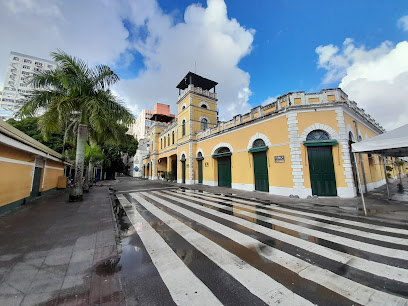
Ponte Hercílio Luz
Discover the iconic Ponte Hercílio Luz in Florianópolis, a breathtaking bridge offering stunning views and a glimpse into the city's rich history.
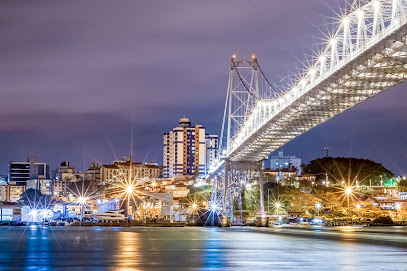
Praça XV de Novembro
Discover the vibrant Praça XV de Novembro in Florianópolis, a cultural hub filled with history, local vendors, and lively events, perfect for an unforgettable experience.
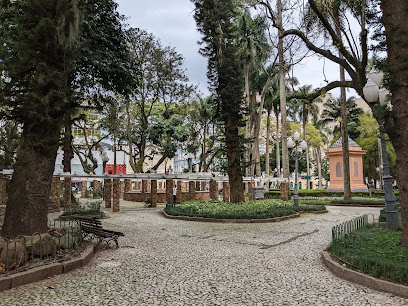
Parque da Luz
Explore the lush landscapes of Parque da Luz in Florianópolis, a tranquil urban park perfect for relaxation, picnics, and nature walks.
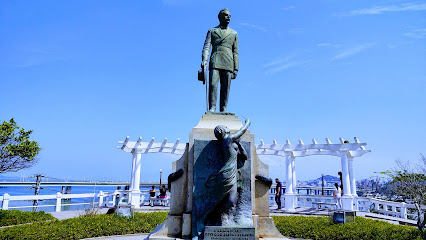
Mirante do Morro da Cruz
Experience the stunning panoramic views of Florianópolis at Mirante do Morro da Cruz, an unmissable scenic spot for travelers seeking beauty and tranquility.
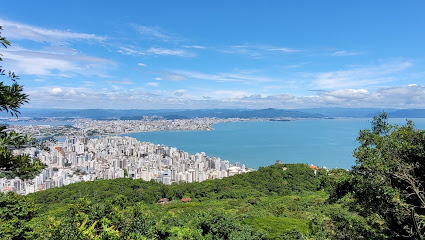
Palacio Cruz e Sousa
Explore the rich history and stunning architecture of Palacio Cruz e Sousa, a cultural gem in the heart of Florianópolis, Santa Catarina.

Lookout Square Hercílio Luz
Discover the breathtaking views and serene beauty of Lookout Square Hercílio Luz, a must-visit scenic spot in Florianópolis, Brazil.
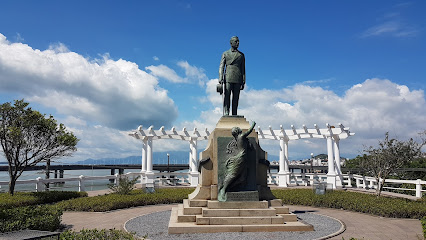
Customs Square
Explore Customs Square, a tranquil memorial park in the heart of Florianópolis, rich in history and perfect for leisurely strolls and cultural experiences.
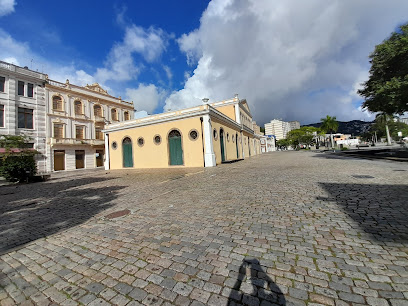
Centro histórico de Florianópolis
Explore the rich history and vibrant culture of Florianópolis at Centro Histórico, a charming destination filled with colonial architecture and local delights.
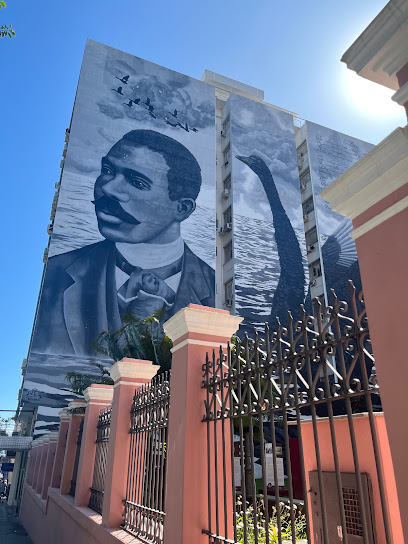
Largo da Catedral
Experience the vibrant culture and historical charm of Largo da Catedral, the heart of Florianópolis, where tradition meets modernity.

Unmissable attractions to see
Mercado Público de Florianópolis
Discover the vibrant Mercado Público de Florianópolis, a cultural and culinary hub in the heart of the city, perfect for an authentic local experience.
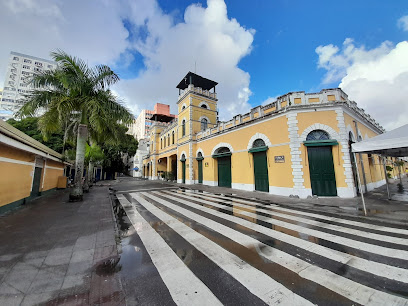
Ponte Hercílio Luz
Explore the breathtaking Ponte Hercílio Luz in Florianópolis, a historic bridge offering stunning views and a glimpse into the city's rich architectural heritage.
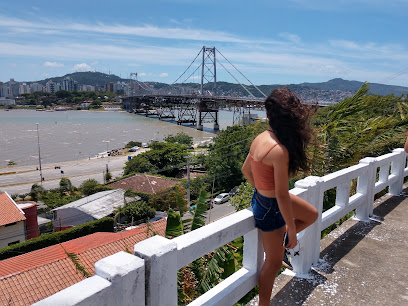
Praça XV de Novembro
Discover the vibrant charm of Praça XV de Novembro, Florianópolis' iconic plaza rich in culture, history, and natural beauty.
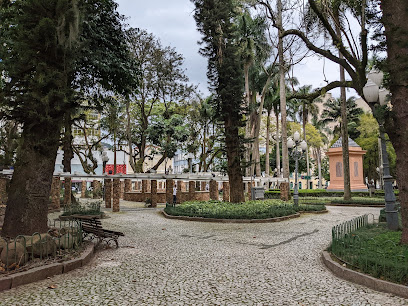
Customs Square
Experience the charm and culture of Florianópolis at Customs Square, a historical landmark and vibrant memorial park in the city's heart.
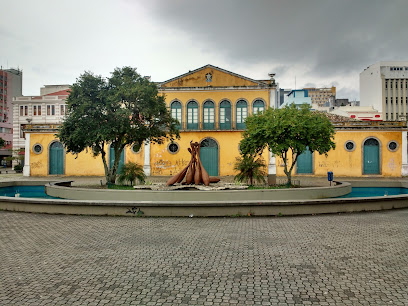
Memory House
Explore the engaging exhibits and artifacts at Memory House, a historical gem in Florianópolis that showcases the rich heritage of Santa Catarina.
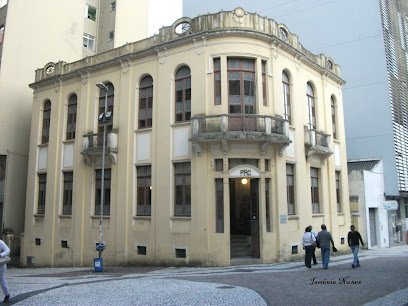
Essential places to dine
Box 32
Experience authentic Brazilian seafood at Box 32 in Florianópolis – where tradition meets flavor in a vibrant market setting.
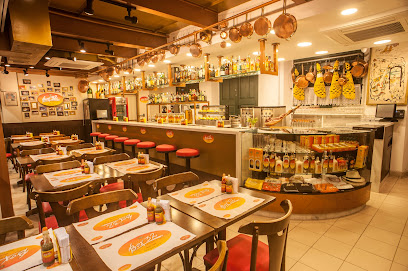
Artusi Restaurante
Experience authentic Italian cuisine at Artusi Restaurante in Florianópolis - where every dish tells a story.
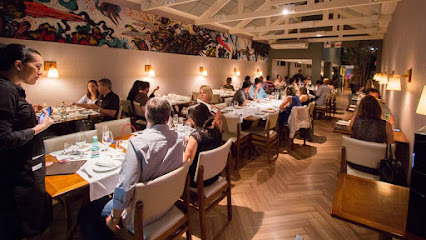
Forneria Catarina
Experience authentic Italian flavors at Forneria Catarina – where every pizza tells a story!
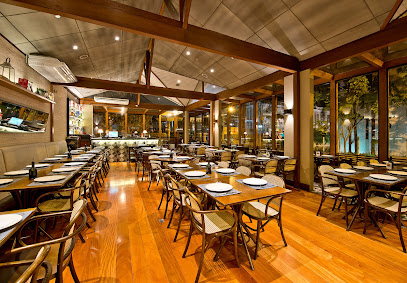
Taberna Ibérica
Experience authentic Portuguese cuisine at Taberna Ibérica in Florianópolis – where tradition meets flavor in every bite.
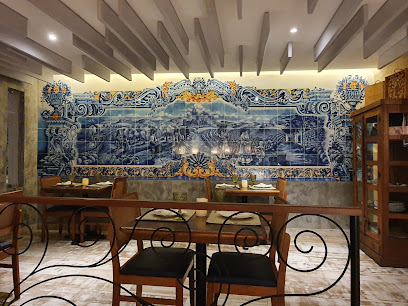
Píer 54 Restaurante
Experience exquisite seafood dining at Píer 54 Restaurante in Florianópolis - where local flavors meet stunning waterfront views.
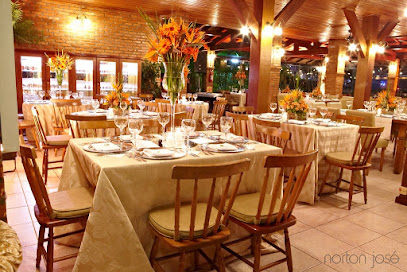
Olivia Cucina
Discover authentic Italian flavors at Olivia Cucina in Florianópolis - a culinary journey that delights every palate with its exquisite dishes.
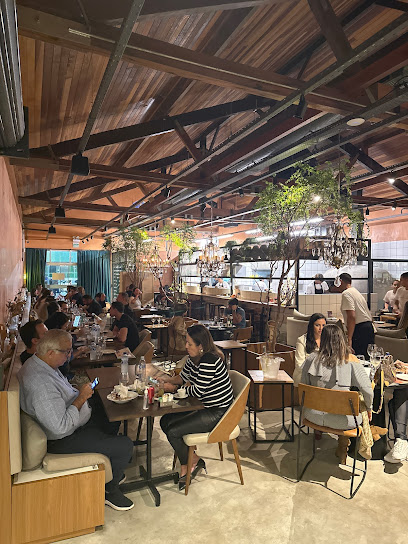
La Cave Gastronomia e Vinhos
Discover La Cave Gastronomia e Vinhos: A top-rated tapas restaurant and wine bar offering exquisite flavors in the heart of Florianópolis.
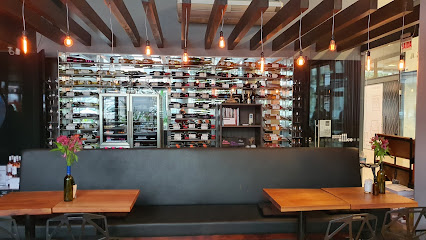
Kulturas Restaurante
Discover delicious vegetarian and vegan cuisine at Kulturas Restaurante in Florianópolis—where every meal celebrates fresh local ingredients.
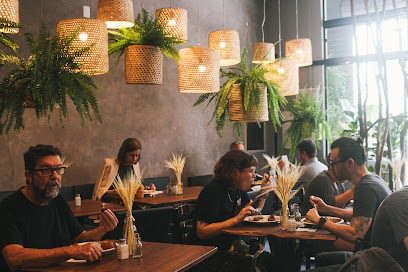
Delícias Portuguesas
Experience authentic Portuguese cuisine at Delícias Portuguesas in Florianópolis - where tradition meets taste.
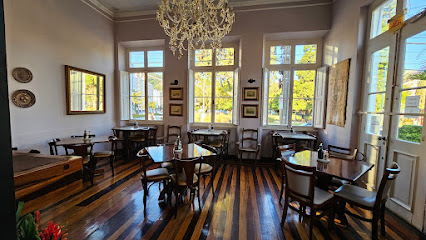
Bistrô da Praça
Discover exquisite French cuisine infused with local flavors at Bistrô da Praça in Florianópolis.
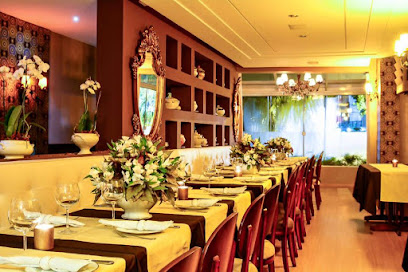
Markets, malls and hidden boutiques
Beiramar Shopping
Experience the vibrant shopping scene at Beiramar Shopping in Florianópolis, where fashion, dining, and entertainment come together in a unique setting.

Handicraft Gallery
Explore the Handicraft Gallery in Florianópolis, where local artisans showcase their unique creations and celebrate the beauty of Brazilian craftsmanship.
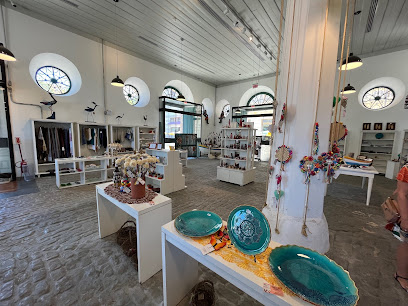
Floripa Store
Explore Floripa Store: A vibrant clothing store in the heart of Florianópolis, showcasing local fashion and trendy apparel for every style.
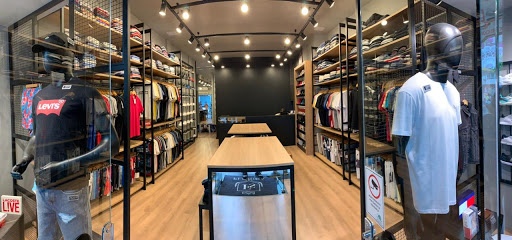
Shopping Point
Discover Shopping Point in Florianópolis, a vibrant shopping mall with diverse stores, delicious dining, and entertainment options for every traveler.
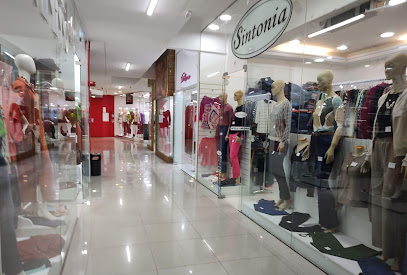
Local Market | Loja colaborativa de marcas locais - Espaço de brincar & Café
Explore the vibrant Local Market in Florianópolis - where local brands, children's activities, and delicious coffee come together in a unique shopping experience.
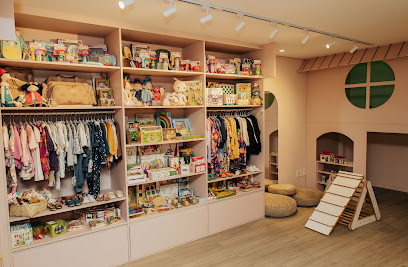
Cida Presentes
Explore Cida Presentes in Florianópolis for unique gifts and local crafts that embody the spirit of Brazil, perfect for souvenirs and special memories.
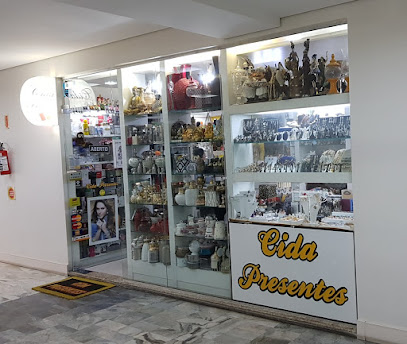
Alice Presentes
Discover the charm of Florianópolis at Alice Presentes, your go-to gift shop for unique souvenirs and local artisan crafts.
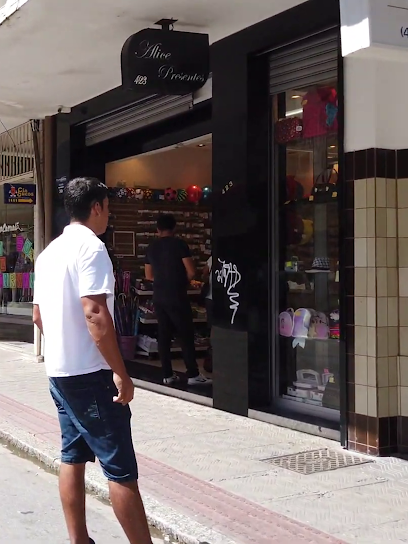
Lucia Marques Store
Explore the charm of Lucia Marques Store in Florianópolis, where local fashion meets creativity and unique craftsmanship.
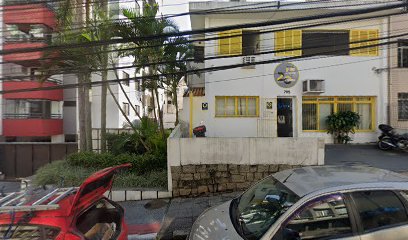
Loja Dos Presentes
Discover Loja Dos Presentes in Florianópolis - your destination for unique souvenirs and local artisan gifts that capture the spirit of Brazil.
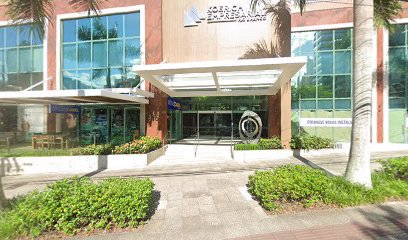
UCS Store
Explore UCS Store in Florianópolis for unique clothing that embodies the local culture and style, perfect for every fashion enthusiast.
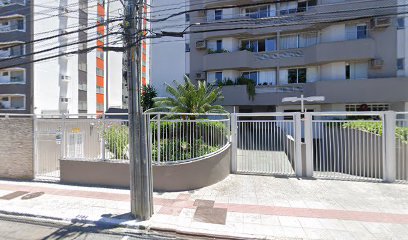
Essential bars & hidden hideouts
Botequim Floripa
Experience the lively atmosphere and delicious flavors at Botequim Floripa, a must-visit pub and restaurant in the heart of Florianópolis.
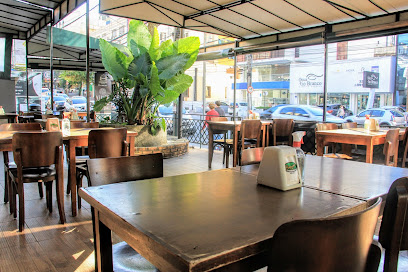
No Class
Discover the vibrant nightlife of Florianópolis at No Class, a lively bar with an eclectic atmosphere and extensive drink selection.
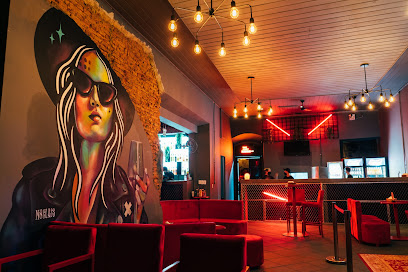
Blues Velvet Bar
Discover the vibrant nightlife of Florianópolis at Blues Velvet Bar, where live music and affordable drinks create an unforgettable experience.
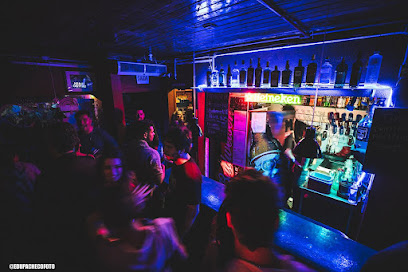
La Cave Gastronomia e Vinhos
Experience the exquisite tapas and extensive wine selection at La Cave Gastronomia e Vinhos, a must-visit culinary destination in Florianópolis.
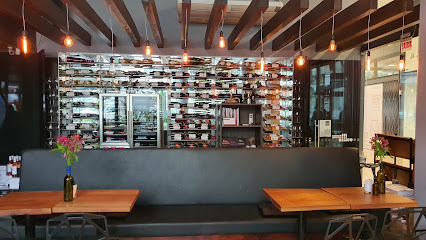
Bro Cave Pub
Experience the lively nightlife of Florianópolis at Bro Cave Pub, where great drinks and live music create unforgettable memories.
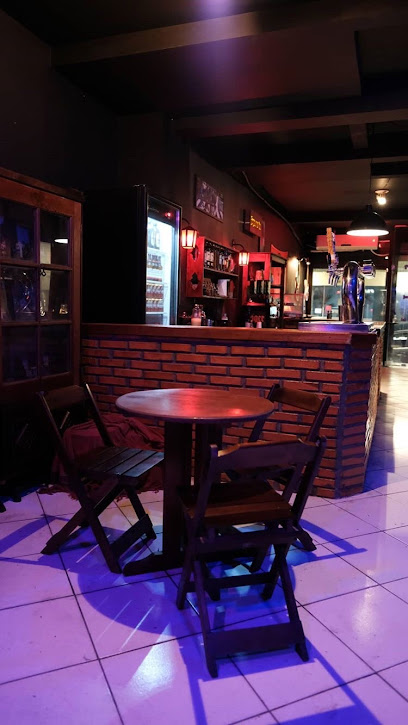
Centro Bugio
Experience the best of craft beer and lively nightlife at Centro Bugio, a must-visit bar in the heart of Florianópolis.
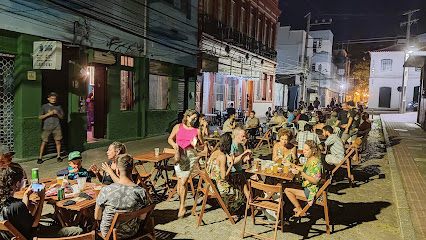
Rio's Bar
Discover the vibrant nightlife of Florianópolis at Rio's Bar, a cocktail haven offering innovative drinks and a lively atmosphere.
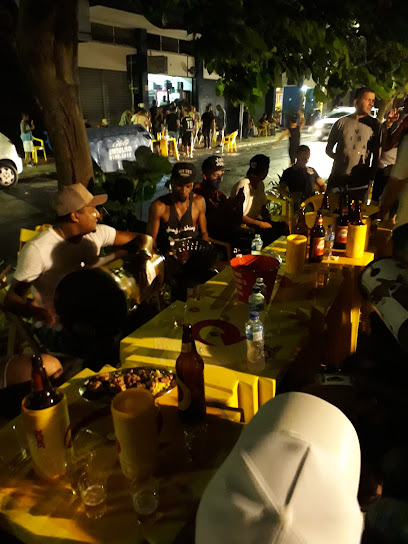
Franklin Bar
Discover the lively atmosphere and creative cocktails at Franklin Bar in the heart of Florianópolis, the perfect spot to enjoy the city's vibrant nightlife.
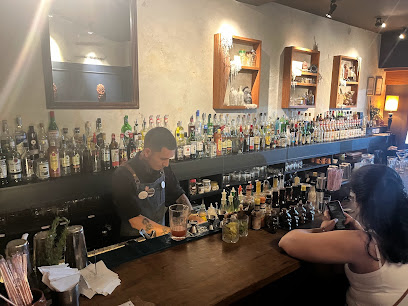
Miltons Bar
Experience the vibrant flavors of Brazil at Milton's Bar, the perfect spot for drinks and delicious meals in Florianópolis.

Alice's Bar Centro Floripa
Experience the vibrant nightlife of Florianópolis at Alice's Bar Centro Floripa, where exceptional cocktails and electrifying events await.
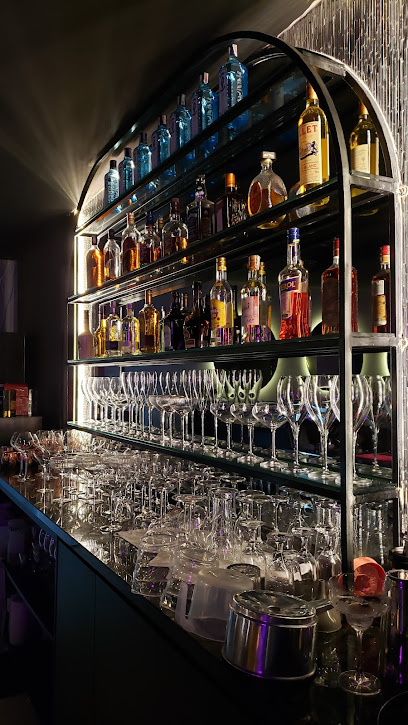
Local Phrases
-
- HelloOlá
[oh-lah] - GoodbyeTchau
[chow] - YesSim
[seem] - NoNão
[nah-oh] - Please/You're welcomePor favor/De nada
[pohr fah-vohr/deh nah-dah] - Thank youObrigado
[oh-bree-gah-doh] - Excuse me/SorryCom licença/Desculpe
[kohm lee-sen-sah/dehs-kool-peh] - How are you?Como vai você?
[koh-moh vah-ee voh-seh] - Fine. And you?Bem. E você?
[behn/eh voh-seh] - Do you speak English?Você fala inglês?
[voh-seh fah-lah een-gleh-s] - I don't understandEu não entendo
[eh-oo nah-ooh ehn-tehn-doh]
- HelloOlá
-
- I'd like to see the menu, pleaseEu gostaria de ver o cardápio, por favor
[eh-oo goh-stah-ree-ah deh vehr oo kahr-dah-pee-yoh, pohr fah-vohr] - I don't eat meatEu não como carne
[eh-oo nah-ooh koh-moh kahr-neh] - Cheers!Saúde!
[sah-oo-deh] - I would like to pay, pleaseEu gostaria de pagar, por favor
[eh-oo goh-stah-ree-ah deh pah-gahr, pohr fah-vohr]
- I'd like to see the menu, pleaseEu gostaria de ver o cardápio, por favor
-
- Help!Socorro!
[soh-koh-roh] - Go away!Vá embora!
[vah ehm-boh-rah] - Call the Police!Chame a polícia!
[shah-meh ah poh-lee-see-ah] - Call a doctor!Chame um médico!
[shah-meh oom meh-dee-koh] - I'm lostEstou perdido
[ehs-toh pehr-dee-doh] - I'm illEstou doente
[ehs-toh doo-ehn-teh]
- Help!Socorro!
-
- I'd like to buy...Eu gostaria de comprar...
[eh-oo goh-stah-ree-ah deh kohm-prahr...] - I'm just lookingEstou só olhando
[ehs-toh soh oh-lahn-doh] - How much is it?Quanto custa?
[kwahn-toh koos-tah] - That's too expensiveIsso é muito caro
[ee-soh eh moo-ee-toh kah-roh] - Can you lower the price?Você pode baixar o preço?
[voh-seh poh-deh bah-ee-shahr oo preh-soh]
- I'd like to buy...Eu gostaria de comprar...
-
- What time is it?Que horas são?
[keh oh-rahz sah-oh] - It's one o'clockÉ uma hora
[eh oo-mah oh-rah] - Half past (10)Meio-dia e meia
[may-oh dee-ah e may-ah] - MorningManhã
[mah-nyah] - AfternoonTarde
[tahr-deh] - EveningNoite
[noy-chee] - YesterdayOntem
[ohn-tehm] - TodayHoje
[oh-zhee] - TomorrowAmanhã
[ah-mah-nyah] - 1Um
[oom] - 2Dois
[doh-ees] - 3Três
[trehs] - 4Quatro
[kwah-troh] - 5Cinco
[seen-koh] - 6Seis
[say-ees] - 7Sete
[seh-teh] - 8Oito
[oy-toh] - 9Nove
[noh-veh] - 10Dez
[dehz]
- What time is it?Que horas são?
-
- Where's a/the...?Onde fica o/a...?
[ohn-deh fee-kah oo/ah] - What's the address?Qual é o endereço?
[kwahl eh oo ehn-deh-reh-soh] - Can you show me (on the map)?Você pode me mostrar (no mapa)?
[voh-seh poh-deh meh moh-strahr (noh mah-pah)] - When's the next (bus)?Quando é o próximo (ônibus)?
[kwahn-doh eh oo proh-kssee-moh (ohn-ee-boos)] - A ticket (to ....)Um bilhete (para ....)
[oom beel-yeh-tchee (pah-rah)]
- Where's a/the...?Onde fica o/a...?
History of Centro
-
Centro, the historic heart of Florianópolis, was established in 1673 when the Portuguese founded the settlement of Nossa Senhora do Desterro. This location was chosen due to its strategic position for maritime trade and defense against potential invasions, particularly from the Spanish. The name reflects the dedication to Our Lady of Exile, symbolizing the hopes of the early settlers.
-
As the capital of the province of Santa Catarina, Centro flourished in the 18th and 19th centuries, primarily due to its port. The harbor facilitated trade not only within Brazil but also with Europe and other parts of South America. This period marked the influx of diverse cultures, including Azorean immigrants, who significantly influenced the local customs, cuisine, and architecture.
-
In the 19th century, Centro became a vibrant cultural melting pot with the construction of notable buildings such as the Cathedral of Florianópolis (Igreja de Nossa Senhora do Desterro) and the Cruz e Sousa Palace. The blend of Portuguese, Italian, and Azorean architectural styles is evident in the historical structures that line the streets of Centro, showcasing the neighborhood's rich cultural heritage.
-
Centro played a pivotal role during the Revolution of 1930 in Brazil, which led to significant political changes. The local population actively engaged in protests and movements for change, reflecting the neighborhood's historical significance as a center for social and political activism. This period contributed to the shaping of contemporary Brazilian society.
-
In recent decades, Centro has undergone significant modernization while efforts have been made to preserve its historical sites. The revitalization of public squares, such as Praça XV de Novembro, and the promotion of cultural events have breathed new life into the area, attracting both locals and tourists. The balance between development and preservation continues to define Centro's identity today.
Centro Essentials
-
Centro is easily accessible from various neighborhoods in Florianópolis. The main bus terminal, Terminal Rita Maria, is located in Centro and connects to all parts of the city as well as long-distance travel to other Brazilian cities. Local buses operate frequently, and taxis or ride-sharing services like Uber are widely available. If you're coming from the airport, you can take a taxi directly to Centro, which typically takes around 30 minutes, depending on traffic.
-
Centro is a compact area and can be explored on foot. Public buses run throughout the neighborhood, making it easy to reach various attractions. Bicycles are also a popular option; many rental shops are available, and bike lanes are marked throughout the area. For longer distances, taxis and ride-sharing services are convenient and affordable.
-
While Centro is generally safe for tourists, it's important to remain vigilant. Areas around the public market and some side streets can attract petty crime, such as pickpocketing. Avoid walking alone at night in less crowded areas, particularly around Praça XV and the docks. Always keep your belongings secure and be cautious in crowded places.
-
In case of an emergency, dial 190 for police assistance or 192 for medical emergencies. The local hospital, Hospital Governador Celso Ramos, is located in Centro. It's advisable to have travel insurance that covers medical emergencies. Pharmacies are also readily available for minor health issues.
-
Fashion: Do wear comfortable clothing suitable for warm weather and walking. Avoid overly casual attire when dining in nicer restaurants. Religion: Do respect local customs, especially when visiting churches; modest dress is appreciated. Public Transport: Do offer your seat to the elderly or disabled; don’t eat or drink on public buses. Greetings: Do greet with a friendly 'Olá' and a smile; a handshake is common. Eating & Drinking: Do try local dishes like 'sequência de camarão'; don’t drink tap water; opt for bottled water instead.
-
To experience Centro like a local, start your day with a coffee and pastry at a local café. Explore the Mercado Público, where you can find fresh seafood and local delicacies. Don't miss the sunset at the Hercílio Luz Bridge, a popular spot for locals. Engage in conversations with shopkeepers and locals, as they often have great insights into the culture and history of the area.
-
Centro offers a variety of dining options, from street food to upscale restaurants. Try local specialties such as 'feijão tropeiro' and 'arroz de marisco.' Seafood is particularly fresh here, and the Mercado Público is a great place to sample different dishes. Don't forget to try a 'caipirinha,' Brazil's famous cocktail, at one of the local bars.
-
When visiting religious sites, always be respectful and quiet. It's customary to greet locals with a smile and a friendly 'bom dia' (good morning) or 'boa tarde' (good afternoon). Tipping is appreciated in restaurants and bars; around 10% is standard. Avoid discussing sensitive topics such as politics or religion unless you know the person well.
Nearby Cities to Centro
-
Things To Do in São Paulo
-
Things To Do in Puerto Iguazú
-
Things To Do in Foz do Iguaçu
-
Things To Do in Hernandarias
-
Things To Do in Encarnacion
-
Things To Do in Rio de Janeiro
-
Things To Do in Carmen del Parana
-
Things To Do in Villarrica
-
Things To Do in Tacuarembó
-
Things To Do in Ypacarai
-
Things To Do in San Bernardino
-
Things To Do in Aregua
-
Things To Do in Asuncion
-
Things To Do in Maldonado
-
Things To Do in Punta del Este








